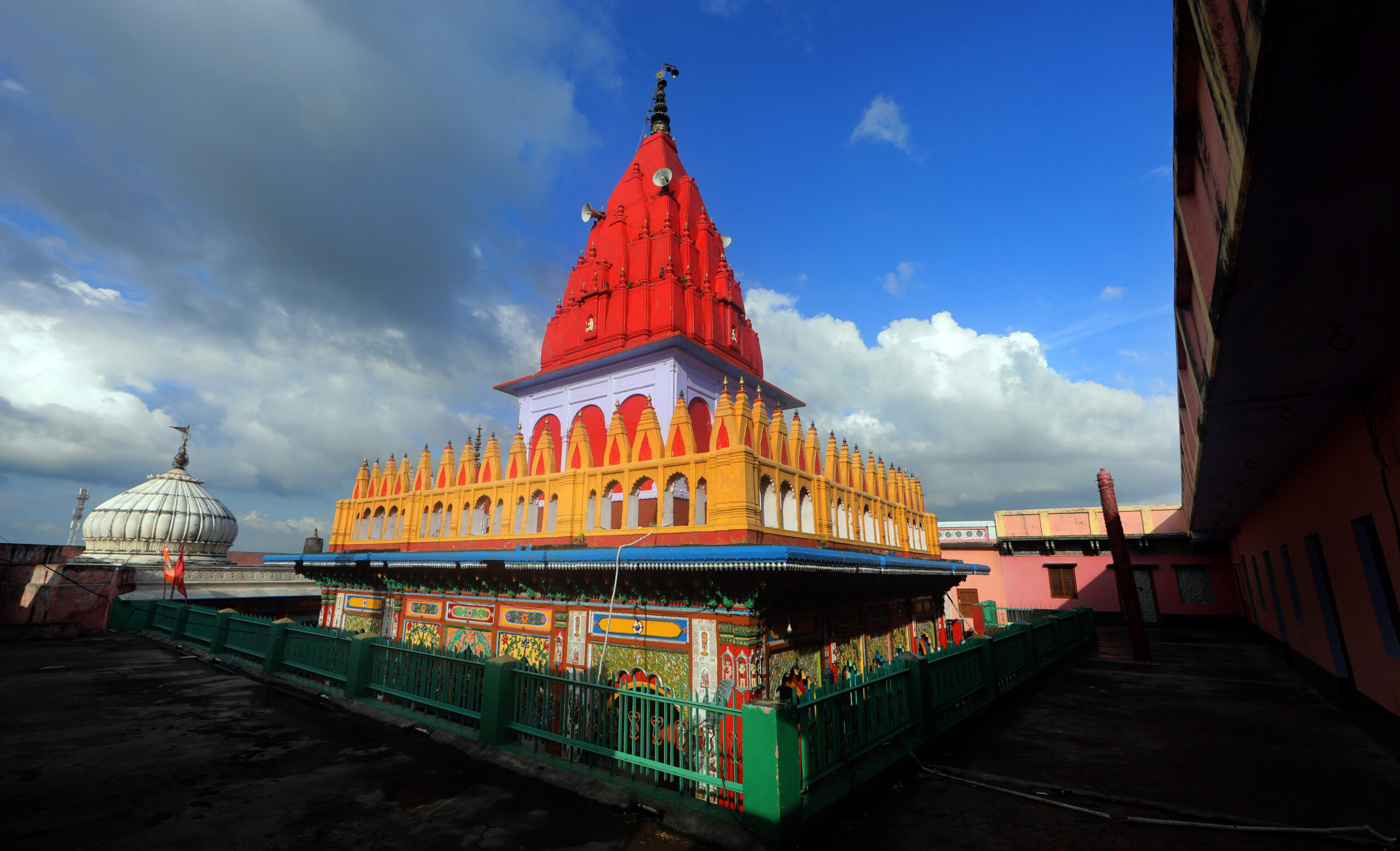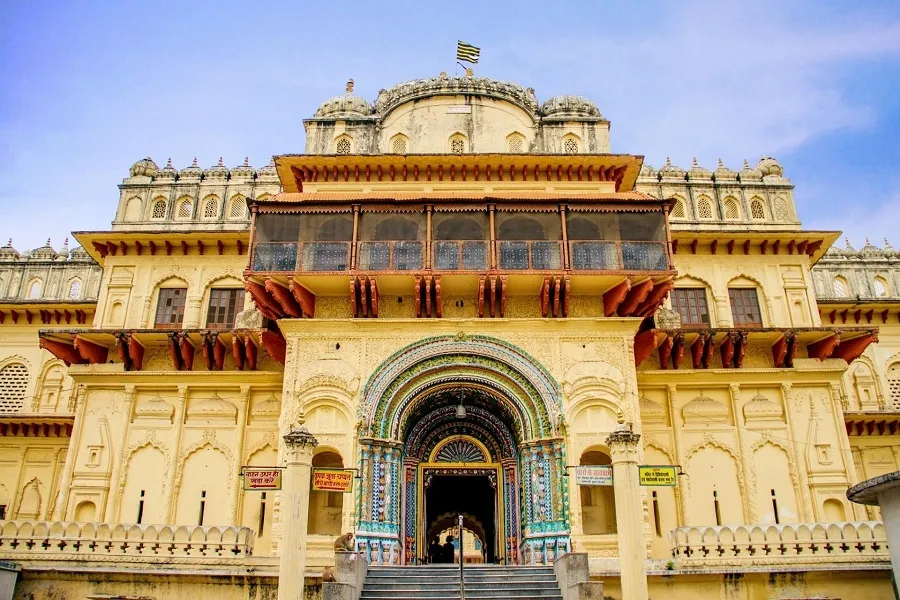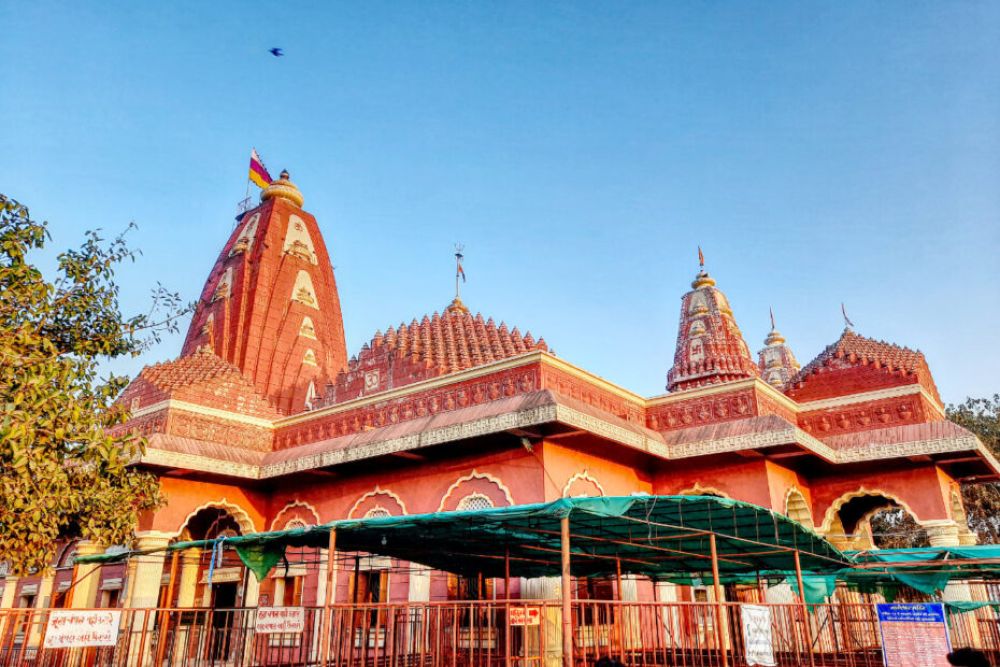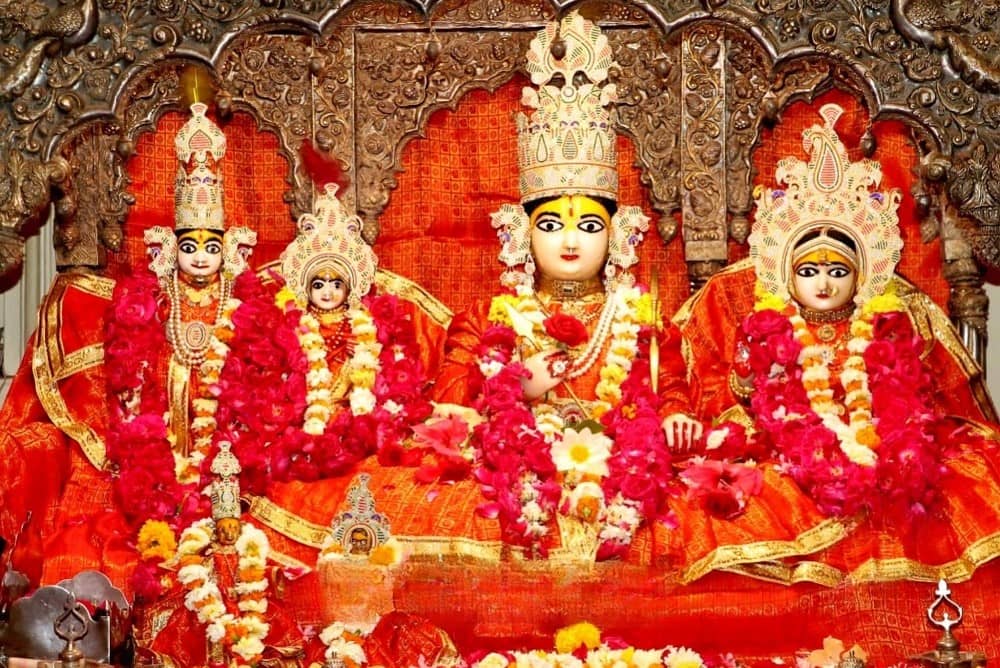Ayodhya, a city steeped in the spiritual essence of Hindu mythology, is renowned for its rich cultural heritage and historical significance. Situated on the banks of the sacred Sarayu River in the northern Indian state of Uttar Pradesh, Ayodhya is believed to be the birthplace of Lord Rama, the seventh incarnation of Lord Vishnu. With its myriad temples and shrines dedicated to various deities, Ayodhya attracts pilgrims and tourists from across the globe seeking solace, spiritual enlightenment, and a glimpse into the ancient tales that form the cornerstone of Hinduism. Among the numerous temples that dot the cityscape, here are some of the most revered ones:
Ram Janmabhoomi Temple:

Standing as a symbol of faith and devotion, the Ram Janmabhoomi Temple holds paramount importance in the hearts of millions of Hindus worldwide. Believed to be the birthplace of Lord Rama, this sacred site has been a focal point of contention and reverence for centuries. The temple complex houses the sanctum sanctorum, where Lord Rama is said to have been born, along with various other shrines dedicated to deities associated with his life, such as Lord Hanuman and Lord Shiva.
Hanuman Garhi:

Perched atop a hillock in the heart of Ayodhya, Hanuman Garhi is a prominent temple dedicated to Lord Hanuman, the epitome of devotion and strength in Hindu mythology. The temple is characterized by its imposing structure, with a series of steep steps leading to the main sanctum where a colossal idol of Lord Hanuman stands tall, radiating divine energy. Devotees flock to this sacred abode to seek blessings for courage, protection, and success in their endeavors.
Kanak Bhawan Temple:

Dedicated to Lord Rama and Goddess Sita, Kanak Bhawan Temple is renowned for its exquisite architecture and ornate interiors. Legend has it that the temple was gifted to Goddess Sita by her mother, Queen Kaikeyi, upon her marriage to Lord Rama. The temple is adorned with vibrant frescoes depicting scenes from the epic Ramayana, captivating the imagination of visitors and invoking a sense of reverence and devotion.
Nageshwarnath Temple:

Steeped in antiquity and shrouded in mythological lore, Nageshwarnath Temple is revered as one of the oldest temples in Ayodhya. Dedicated to Lord Shiva, the temple is believed to have been established by Kush, the son of Lord Rama. The sanctum enshrines a sacred Shiva lingam, attracting devotees who seek blessings for spiritual awakening, liberation, and inner peace.
Treta Ke Thakur Temple:

Nestled amidst lush greenery on the banks of the Sarayu River, Treta Ke Thakur Temple exudes a serene ambiance, inviting devotees to immerse themselves in prayer and contemplation. The temple is dedicated to Lord Rama and is believed to have been constructed at the spot where he performed the Ashwamedha Yagna after returning victorious from Lanka. The tranquil surroundings and the melodious chants of hymns create an atmosphere conducive to spiritual introspection and renewal.
Frequently Asked Questions :
What is the significance of Ayodhya in Hindu mythology?
Ayodhya holds immense significance in Hindu mythology as the birthplace of Lord Rama, the seventh incarnation of Lord Vishnu. It is revered as a sacred pilgrimage site and is believed to be the capital of the ancient Kosala Kingdom, described in the epic Ramayana.
Is it safe for tourists to visit Ayodhya?
Yes, Ayodhya is generally safe for tourists, with adequate security measures in place to ensure the safety and well-being of visitors. However, it is advisable to exercise caution and respect local customs and traditions while exploring the city.
What are the best times to visit Ayodhya?
Ayodhya experiences a tropical climate, with hot summers and cool winters. The best time to visit is during the winter months, from October to March, when the weather is pleasant and conducive to sightseeing and temple visits.
Are there any restrictions for entry into the temples?
Most temples in Ayodhya welcome visitors of all faiths; however, certain temples may have specific dress codes and entry restrictions during religious ceremonies and festivals. It is advisable to inquire about any such regulations beforehand to avoid inconvenience.
Can visitors participate in religious rituals and ceremonies at the temples?
Yes, visitors are often welcome to participate in religious rituals and ceremonies conducted at the temples, provided they adhere to the prescribed customs and traditions. It is recommended to approach the temple authorities or priests for guidance on appropriate conduct during such occasions.
